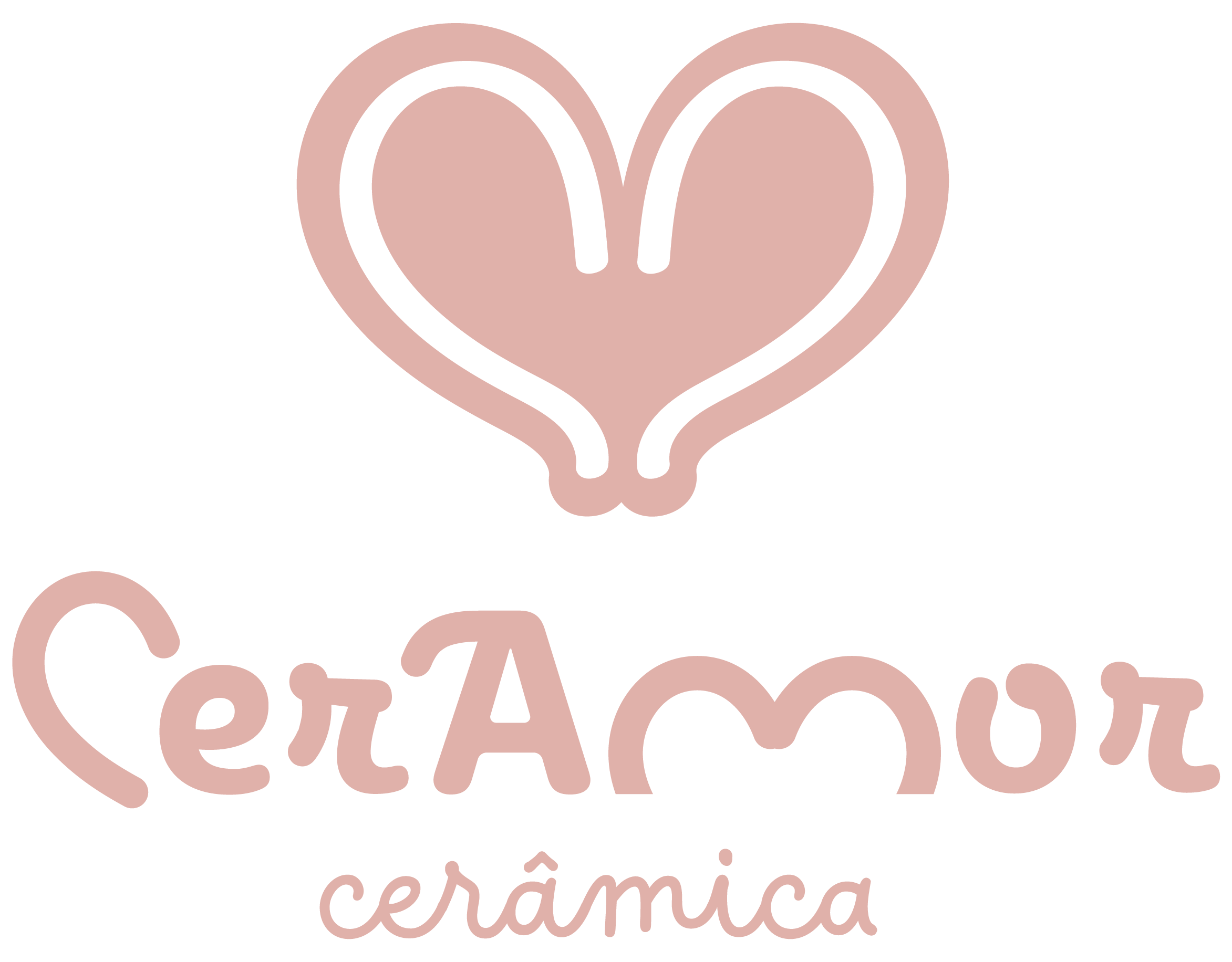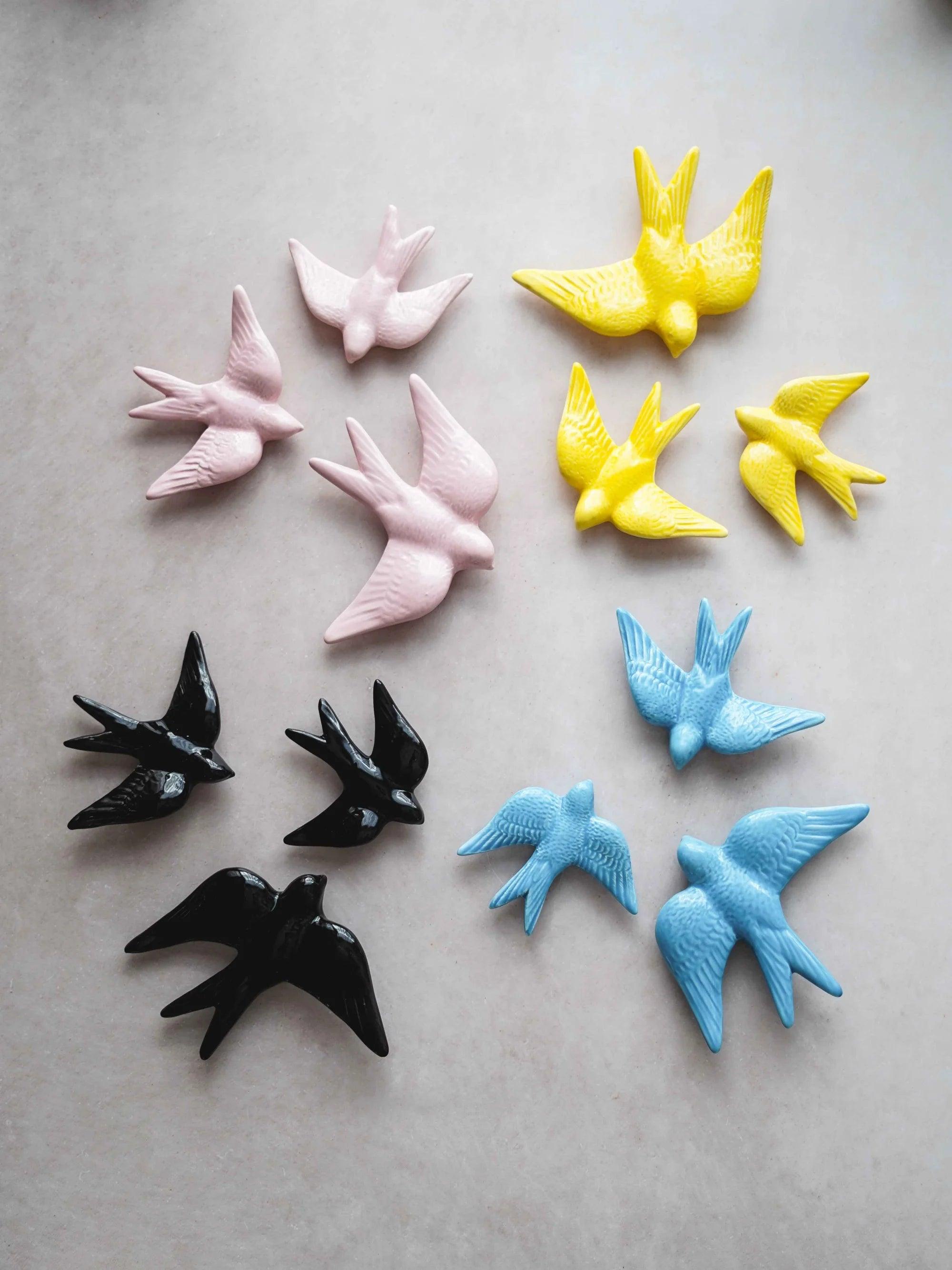The incredible history of ceramics: a journey through the ages of clay
Pottery is a form of art and craft that dates back to ancient times, with its traces being found in practically all ancient civilizations. Oblivious to the passing of centuries, this tradition continues to be an important part of contemporary culture and production.
In this article, we will delve into the surprising journey of ceramics, from its humble origins to its current role as a respected form of artistic and functional expression and an essential element in everyday life.
The beginnings of ceramics: a revolutionary invention
The history of ceramics begins deep in prehistory, when early humans discovered that clay, a material abundantly found on the banks of rivers and lakes, could be molded and hardened by fire.
This discovery was fundamental in the history of humanity, as it led to the creation of the first ceramic utensils for storing food and water which, despite being rudimentary, revolutionized the way our ancestors lived.
Pottery in ancient Egypt and Mesopotamia
The ancient Egyptian civilization was one of the first to elevate pottery to a refined art form. The Egyptians produced decorative pottery, such as vases, jugs, and sculptures, often adorned with hieroglyphics and elaborate designs, that served both practical functions and religious and ceremonial purposes.
In Mesopotamia, another of the most advanced ancient civilizations, ceramics played an essential role in everyday life. The fact that clay is a very abundant raw material on the banks of the Tigris and Euphrates rivers enabled the development of a rich ceramic tradition in that region. Although they also created decorative and ritual pieces, like the Egyptians, the Mesopotamians mainly produced functional ceramics, such as kitchen utensils and building bricks.
The art of ceramics in ancient China
China is widely recognized as one of the greatest influences on the history of ceramics. Around the 7th century BC, the Chinese developed advanced techniques in this art and created porcelain, a type of high-quality ceramic known for its translucency and durability. Chinese porcelain, often decorated with colorful glazes and complex patterns, became a highly coveted commodity around the world, driving the Silk Road trade routes.
Ceramics in Europe: from the Middle Ages to the Renaissance
During the Middle Ages, pottery played a vital role in the daily lives of Europeans. Local artisans produced a variety of pieces, from plates and bowls to tiles and building bricks. Pottery was often decorated with geometric patterns and religious figures, reflecting the influence of the Church on medieval society.
With the beginning of the Renaissance period on the old continent, ceramics, like other arts, experienced a great revolution. Artists and potters began to explore more complex forms and adopt more elaborate decoration techniques. In Italy, in particular, names like Luca della Robbia and Andrea della Robbia became famous for their glazed and colorful ceramics.
Ceramics in Portugal
In Portugal, the ceramic and porcelain industry began to develop more noticeably in the mid-18th century, on the initiative of the Marquis of Pombal. Popular ceramics essentially produces useful forms and is characterized by black clay, in regions such as Chaves, Vila Real, Viseu, Molelos and Flor de Rosa; red clay, especially in Barcelos, Miranda do Corvo, Caldas da Rainha, Mafra, Estremoz, Viana do Alentejo and Bringel; and white clay, in the areas of Leiria and Loulé.
The production of Portuguese faience began at the end of the 16th century with the import of Andalusian craftsmen, and was developed throughout the 17th century through the interpretation, generally in blue and white, of oriental-inspired, baroque or heraldic motifs.
Modern and Contemporary ceramics
In the 20th century, ceramics entered a new era of experimentation and innovation. Pablo Picasso and Joan Miró are two of the most notable names among a vast group of artists who began to explore the artistic potential of ceramics, creating unique pieces that defied traditional standards. In parallel, the Studio Pottery movement emerged, which highlighted the creation of artisanal and individualized ceramics.
Ceramics in the present
Nowadays, ceramics is a thriving art form and a constantly growing industry. Contemporary potters explore a wide range of styles, from minimalism to abstract expressionism. Functional ceramics, with handmade plates, mugs and vases, continue to be an essential part of our lives, as they are highly valued pieces for their uniqueness and craftsmanship.
Ceramics and the environment
Taking into account the current context, ceramics has also aligned itself with contemporary concerns about topics such as sustainability and environmental responsibility. In order to respond to a public increasingly attentive to environmental issues, many ceramicists have been adopting more sustainable practices, such as the use of local clay and ecological glazes.
In short, we can say that the history of ceramics is a narrative of innovation, beauty and connection with nature that crosses time and is intertwined with the history of humanity itself. As we admire the masterpieces of the past and celebrate the creativity of contemporary potters, we can be assured that in the future, ceramics will continue to shape our world in surprising and inspiring ways. More than the meeting between clay and fire, this ancient art form is a permanent testimony to the creativity of human beings, as well as our ability to transform even the simplest raw materials into lasting works of art.



Leave a comment
All comments are moderated before being published.
This site is protected by hCaptcha and the hCaptcha Privacy Policy and Terms of Service apply.